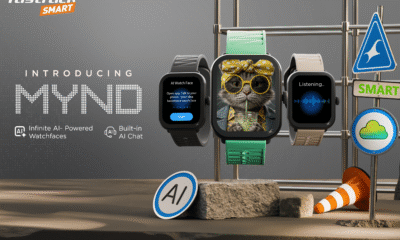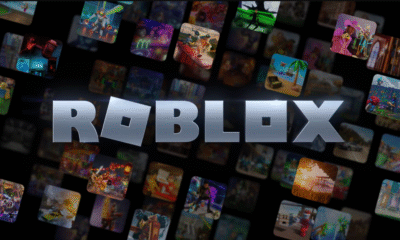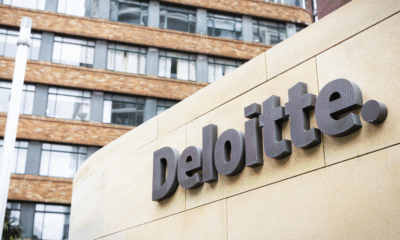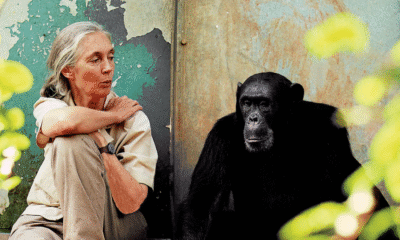E-commerce
Value e-commerce in India to touch USD 40 bn by 2030: Report
The value e-commerce market in India is expected to touch USD 40 billion by 2030, up from USD 4 billion in 2019, driven by a rapid increase in internet user base and as more people embrace online shopping, a report by Kearney said. The expanding digital footprint in tier III and IV areas as well as in rural India, along with the aspirational needs of these consumers and their changing attitudes towards online buying present a massive opportunity, as per the report titled, ‘Value e-commerce: the next big leap in India’s retail market’.
Currently estimated at USD 4 billion, the value e-commerce market — is expected to see rapid growth and reach USD 20 billion by 2026, and USD 40 billion by 2030, it said. Meanwhile, the value lifestyle retail market is expected to grow from USD 90 billion in 2019, to USD 156 billion by 2026, and touch USD 215 billion by 2030, it added. This includes categories like apparel, footwear, fashion accessories, cosmetics, small appliances, and home and living.
Also read: Tariff hike key to sector revival; Birla, ABG, Voda committed to supporting telco: VIL CEO
“As retail in India bounces back from COVID, the growing number of value-conscious online shoppers is reshaping India’s e-commerce landscape. This value segment is pegged to grow rapidly and emerge as a USD 215 billion-plus market by 2030,” Kearney Partner Siddharth Jain said. He added that while only 4 per cent of this demand is today served by online channels, this will rise to 19 per cent by 2030 creating a USD 40 billion market for value e-commerce in India.
“We expect the number of internet users in India to surpass 1,100 million people by 2026 – and a third of these will be active online buyers. We believe that the needs of value lifestyle consumers will increasingly be met by differentiated business models and online channels,” it added. Currently, about 70 per cent of lifestyle retail demand comes from the value lifestyle segment. This segment is dominated by unorganised general trade (nearly 80 per cent share) and modern trade is at 16 per cent, while e-commerce has a low penetration at 4 per cent. By 2030, unorganised general trade is forecast to account for about 57 per cent share, modern trade 24 per cent, and e-commerce at 19 per cent.
The report pointed out that almost all value lifestyle consumers spend a lot of time finding and evaluating products before they buy them because of their strict budgets. Also, value lifestyle consumers scout for the best deals, often purchasing products with the biggest discount or markdown, which can be a big factor when they do decide to make a purchase, it said. The report said value lifestyle consumers tend to have less brand loyalty and are focused on getting the best quality in their preferred price range. They can be highly influenced by friends, family, and social media.
The report provided an overview of the efforts being made by various e-commerce companies in India like Snapdeal and Lenskart to align themselves to the needs of the value-conscious segment. In the case study on Snapdeal, the report highlighted how the company has reinvented its positioning in the e-commerce space by focusing entirely on value lifestyle e-commerce. The report also noted the efforts of modern format value retailers like V-Mart to expand their e-commerce channels.
“Value lifestyle retail is pegged to grow to USD 215 billion market, driven by India-2 (mainly mid to low income in tier II towns) their online purchase behaviour is set to increase the value e-commerce market… “Online players that craft a sharp value proposition around relevance, convenience, and trust, focused on needs of India-2 will emerge strong contenders to capture this USD 40 billion market,” Kearney Partner Karan Dhall said.











































Pingback: Covid-19 vaccine: India looking at USD 11 bn market opportunity